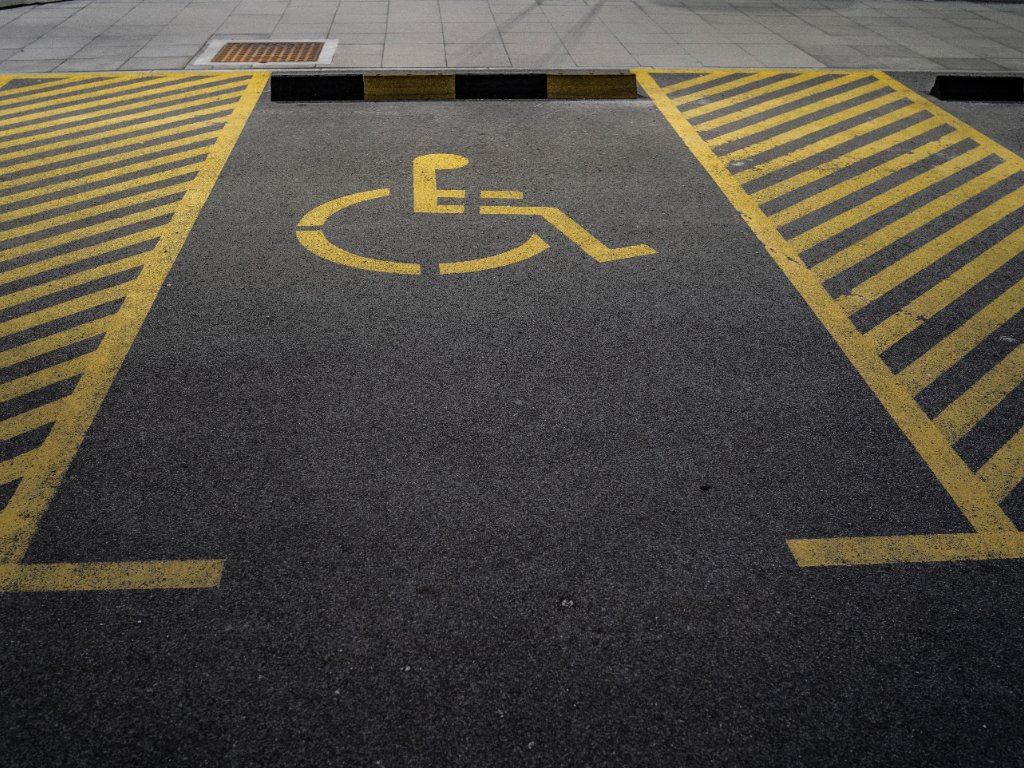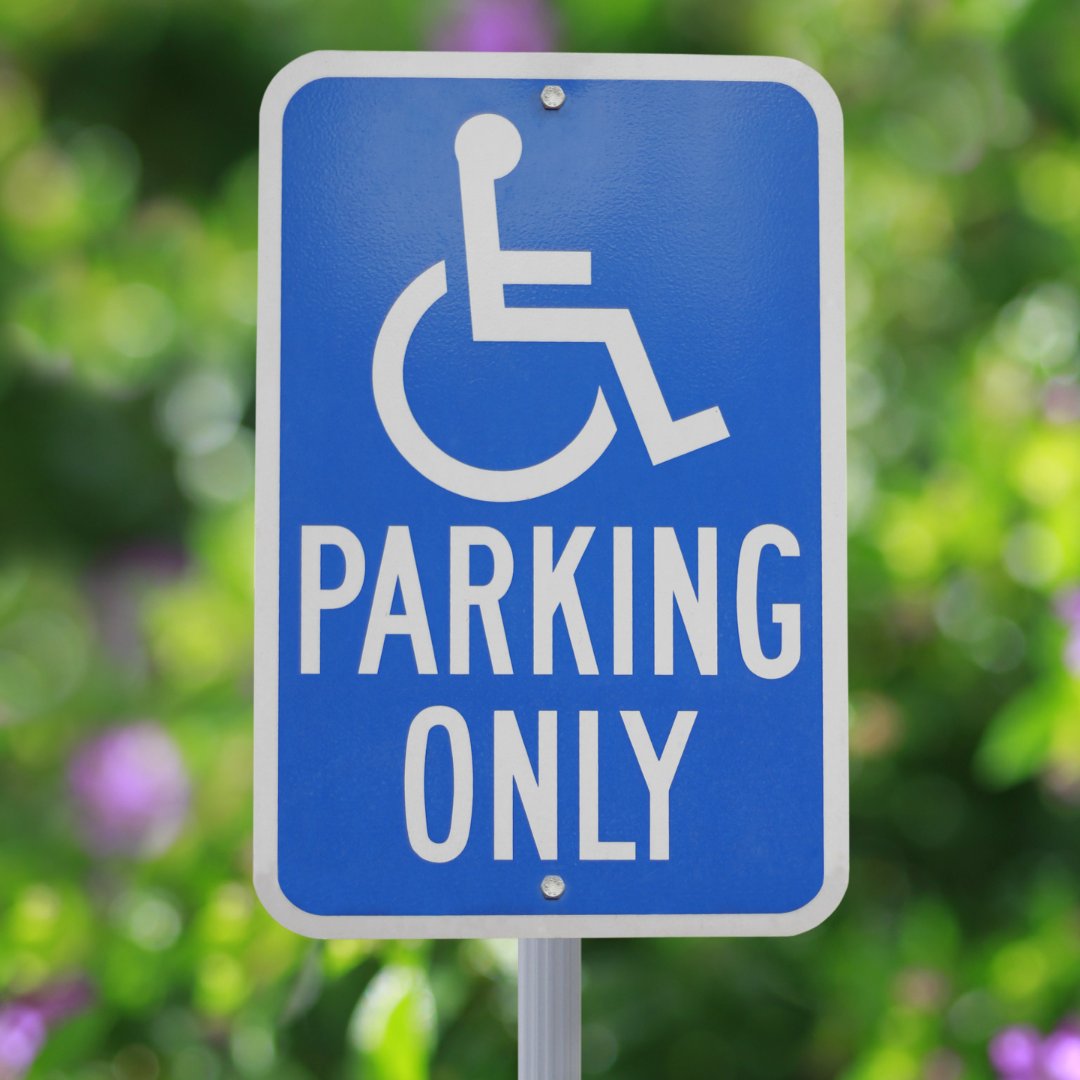
We've all seen parking spaces that have signs or pavement marked with the international symbol of accessibility. When you see these parking spaces, it signals that only individuals who have an accessible parking pass can use the spot. Everyone must follow these signs, as people with disabilities need to be able to use the extra space designated for them and to be closer to the entrance of a building.
But, for businesses, you might have questions about incorporating accessible parking in front of your building. It's not enough to just put up the international symbol of accessibility and call it a day. You need to ensure you are ADA-compliant.
Your Guide To Accessible Parking
In the ADA Standards for Accessible Design, the details of handicap-accessible parking lots and spaces are outlined. But, it may be a bit challenging to read this rather technical set of rules. So to help you out, ADA Central has put together this guide to the requirements for parking spaces.
The Importance Of Accessible Parking Spaces
The reasons to make your business meet the requirements for accessible parking are many. First of all, you should do so from an ethical standpoint. While it might be easy to assume that there are too many open parking spaces if you see some sitting empty, they are essential for the people who need standard or van-accessible space or who have a more challenging time moving through a large parking lot.
As a business, you want to make a difference in your community, and you'll be a more welcoming place for everyone if you follow the requirements set up by the Americans With Disabilities Act.
Secondly, if you don't have ADA-compliant parking facilities, you could face fines and fees. No one wants to face any possible legal ramifications, so it's easier to set things up the right way ahead of time.
General Information About Accessible Spaces
To completely comply with the rules set out for handicap accessible parking, you'll need to learn about the required markings, stall sizes, number of accessible parking stalls, and slot locations. We will go into each of these in the guide below.
What Is The Number Of Accessible Parking Spaces You Need?

The exact number will vary depending on how large the parking lot is and how many parking places are there. It's also important to note that one in every six accessible parking spaces must be for vans. If the parking lot is small enough to only need one accessible space, it should be a van-accessible parking space.
Here is the information on the number of accessible parking spots you'll need based on the size of the lot:
- 1-25 slots: One accessible parking space that works for vans.
- 26-50: Two accessible parking spaces and one that is a van-accessible parking space.
- 51-75: Three accessible parking spaces with one set up for vans
- 76-100: Four accessible spaces and one van-accessible parking space.
- 1o1-150: Five parking spaces with one for vans.
- 151-200: Six accessible parking spaces are required and one van-accessible space.
- 201-300: Seven parking slots that are accessible, with two designated for vans.
- 301-400: Eight accessible spaces. Two should be for vans.
- 401-500: Nine accessible parking spots with two for vans.
- 501-1000: Two percent of the total parking spots should be accessible.
- 1001 and higher: 20 spaces plus one space for every 100 spaces.
Exceptions To These Numbers For Accessible Parking Spaces
While the above list is generally the minimum number of accessible parking spaces needed, there are some exceptions to this for certain businesses. Many medical facilities need to have more accessible parking spaces.
On the other hand, some places such as parking facilities meant only for trucks, law enforcement, buses, or delivery vehicles don't need accessible parking slots.
Location Requirements For Parking Lots
Along with knowing the number of accessible parking spaces you'll need for your business, you also need to know where they should be placed. The accessible spots need to be as close as possible to the accessible entrances and exits of the building. They also need to be as close as possible to any entrances or exits of the separate parking facility if you have one.
You also need to remove any obstacles or barriers that make it harder to get to the accessible entrance or exit.
Space Requirements For Access Aisles And Parking Spaces

Now that you know the basics of how many accessible parking spaces you'll need and where to place these spots, it's time to learn more specifics about space and size requirements for accessible parking spaces.
- Standard accessible parking spaces: These need to be a minimum of 96 inches wide and have a 60-inch access aisle adjacent to the parking space that leads to a ramp or entryway. An access aisle can be shared by two spots.
- Van-accessible parking spaces: For the van-accessible slots, they need to be at least 132 inches wide in most cases. But, some exceptions allow the parking spot to be 96 inches wide if the access aisle is also 96 inches wide. The access aisle should be on the passenger side. These spaces should also have a vertical clearance of 98 inches.
Just remember that the access aisle is vital as it allows people with wheelchairs and other mobility devices to get in and out of their vehicle in your parking lot.
Painting And Signage For Accessible Spaces

The most common colors used to paint the symbol are a blue background and white symbol. But, it's also accessible to use red, yellow, or green. Overall, you want the colors to be easy to read on the pavement.
You'll also need accurate ADA-compliant signage to put up in front of the parking stall.
How ADA Central Can Help
If you have questions about the correct signage for ADA-compliant parking spaces, reach out to ADA Central. We have wholesale and custom signs and great customer service. Call or message today to talk to one of our representatives.

